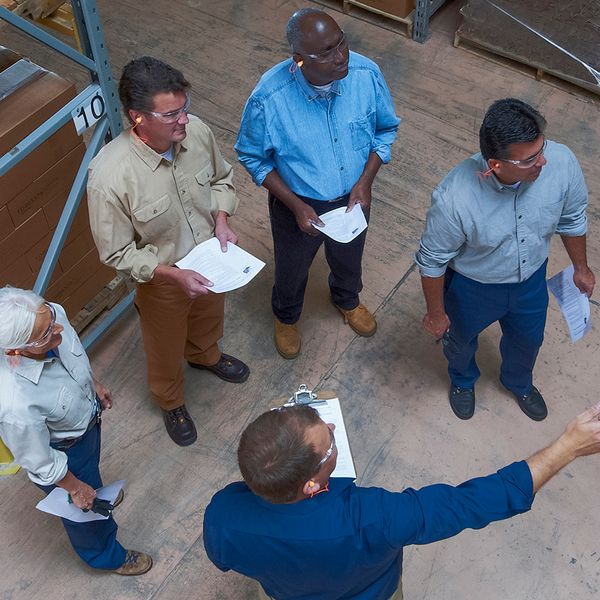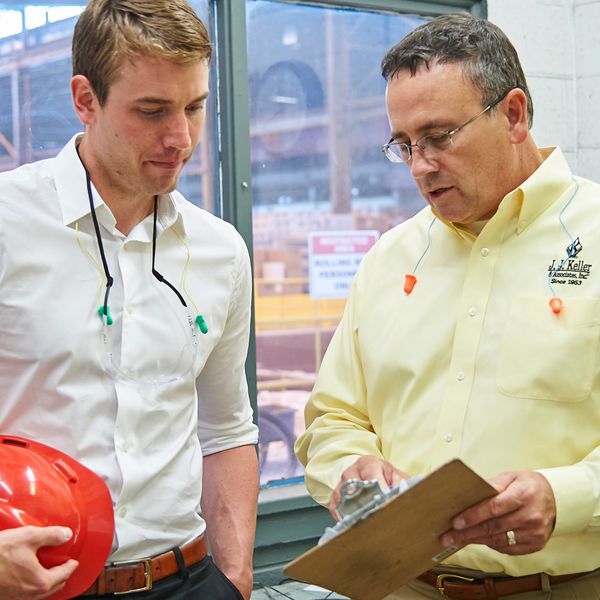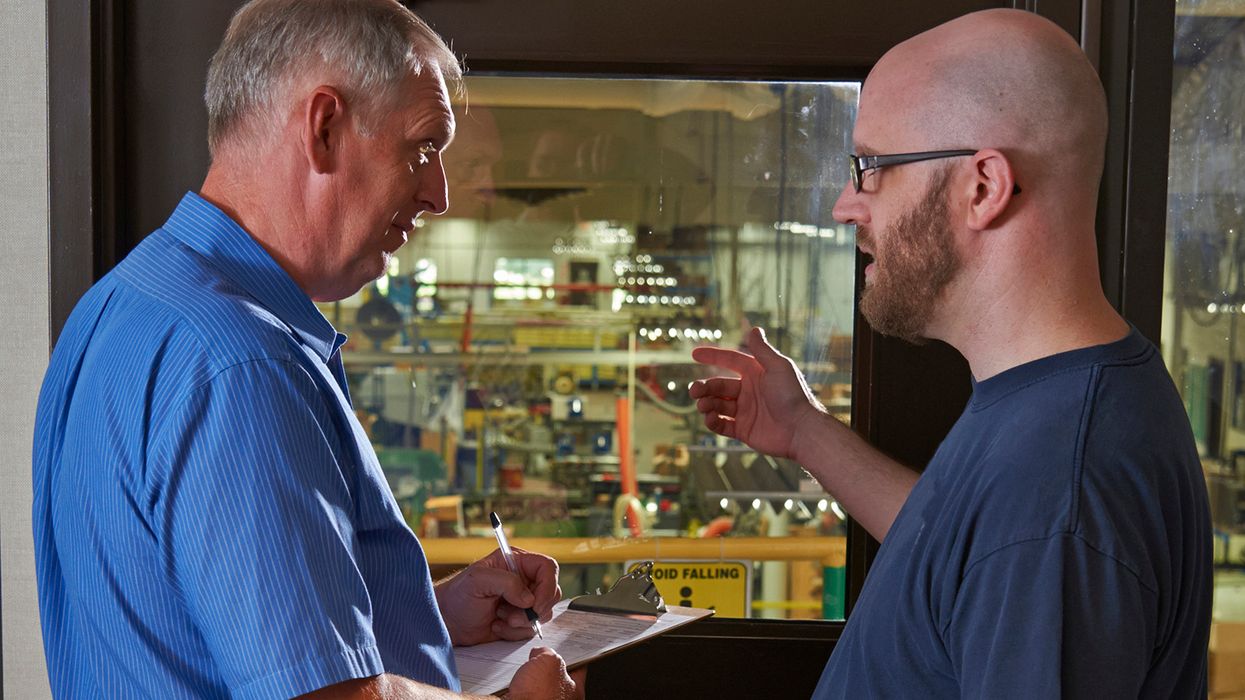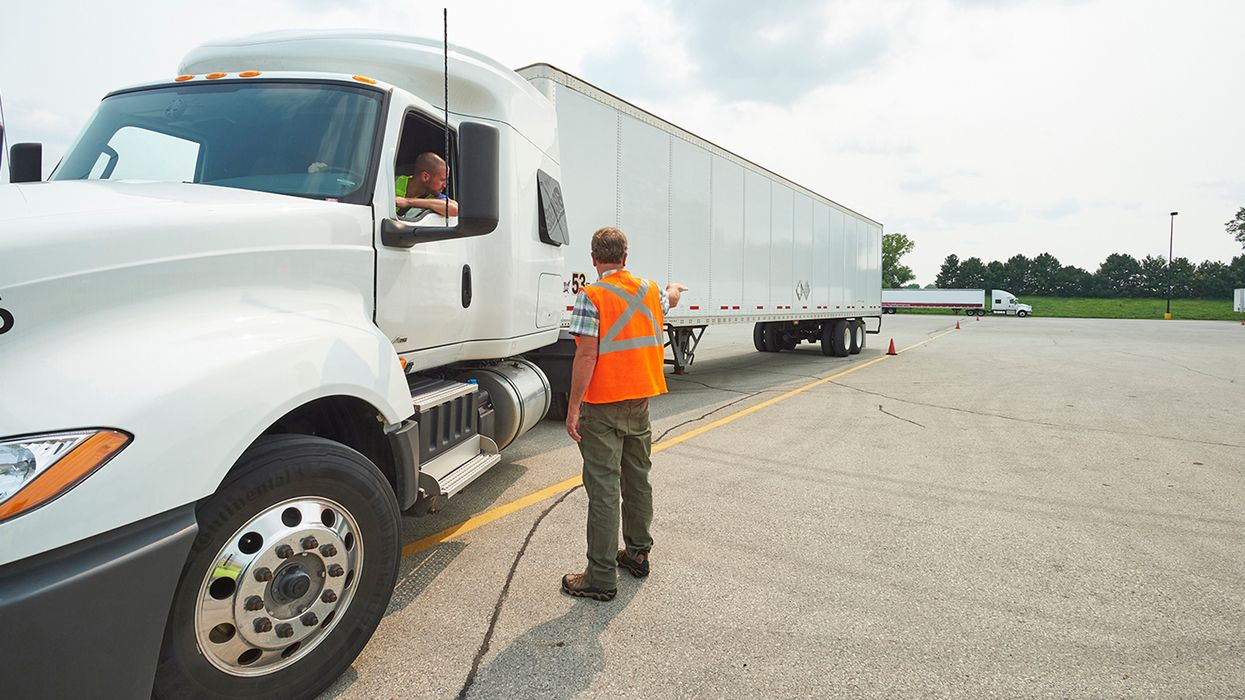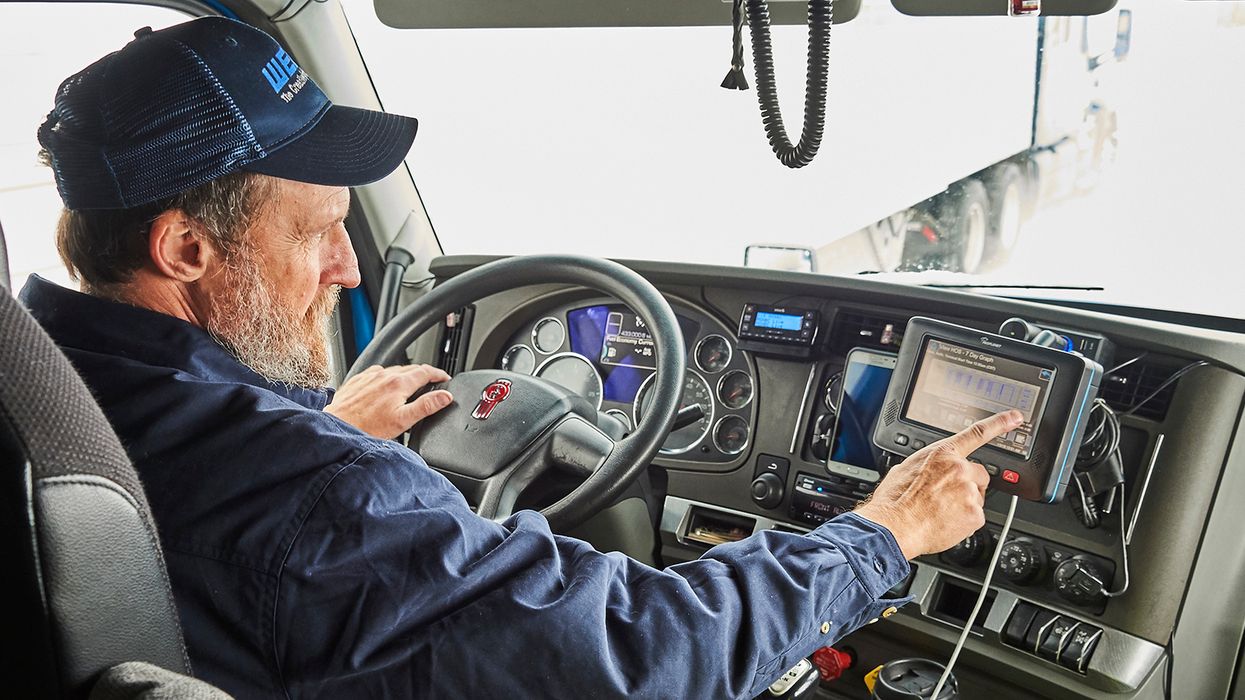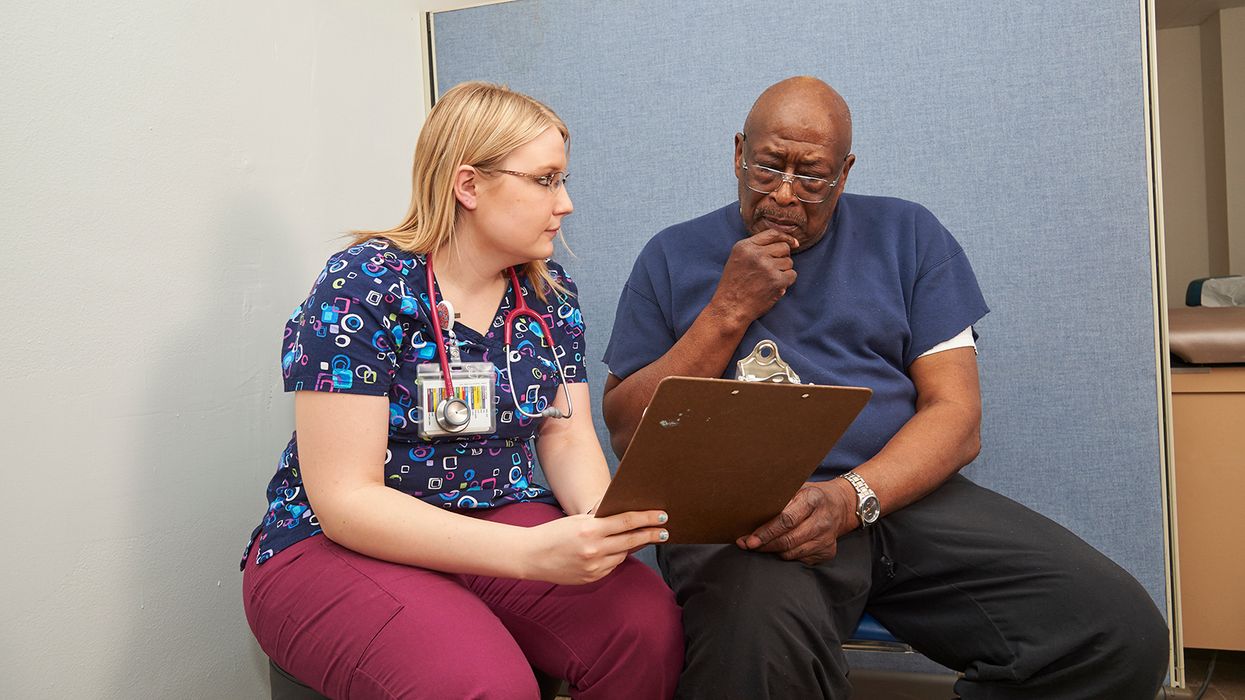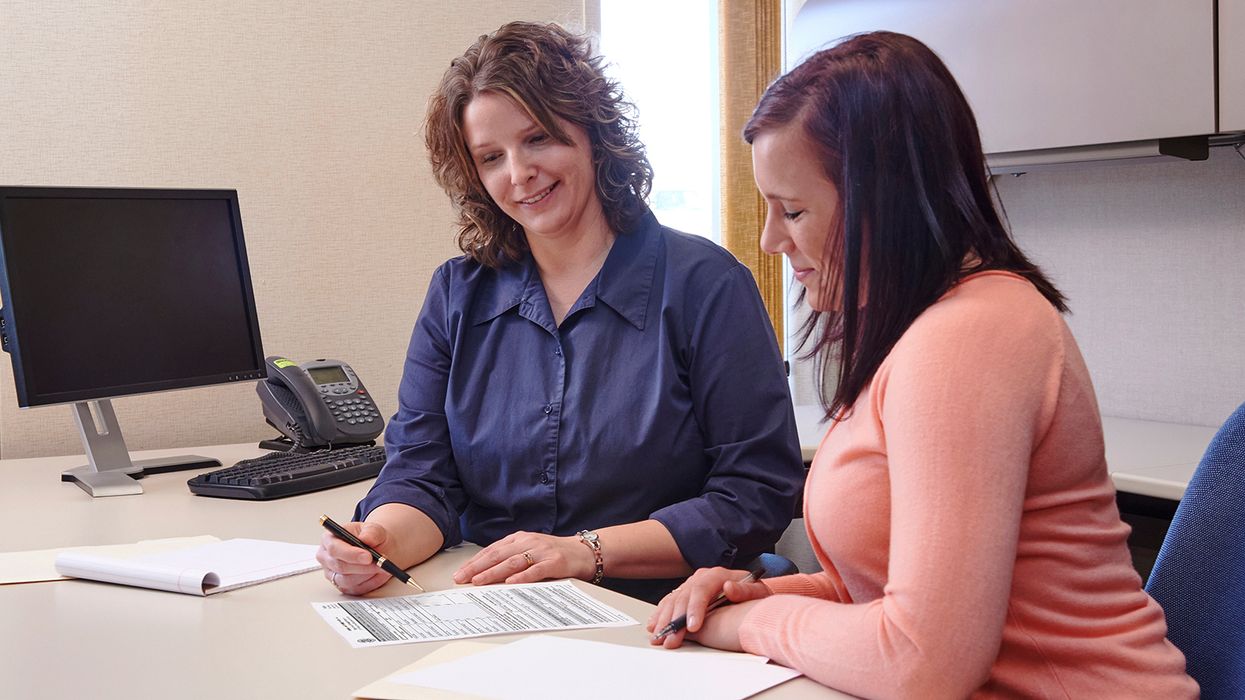Stop performing safety audits in a silo
Look at injury and illness statistics and other records before beginning a “walk-through” of your jobsite. This helps identify problem areas that will help you focus your audit. Gather necessary materials for the audit, such as permits and monitoring equipment, if you enter permit spaces or need to take a sound measurement.
Here are six tips to follow:
- Notify appropriate workers. Let workers and supervisors know that you will be conducting an audit. They should be available during that time.
- Use a team approach. Multiple workers can cover more space while also lessening the burden on each individual. Form an audit team that consists of members from different trades on the jobsite. This will give your audit more credibility.
- Rotate team members. Rotating the audit team members will increase your chances that a trained auditor will always be available to help out with the audit.
- Include inexperienced auditors. While it wouldn’t be practical to have an entire audit team of inexperienced auditors, it’s a good idea to have at least one inexperienced person accompany the experienced auditors. This will increase your auditor pool without compromising an individual audit.
- Examine unsafe behaviors. Asking questions is an excellent way to audit unsafe behaviors. For example, you might ask, “How do you use that tool?” or “What type of personal protective equipment do you use when cleaning that tank?”
- Don’t just rely on checklists. Checklists are great if you don’t focus on them so much during the audit that you overlook hazards that aren’t on the checklist.
Audit for several purposes, such as safety, environment, and security, at the same time. Doing so can minimize the cost and disruption associated with typical audits. The audit team will only focus on the audit once instead of multiple times scattered throughout the year.
Key to remember: Safety audits can help you gather information about your jobsite’s safety performance so you can implement practical corrective actions.




